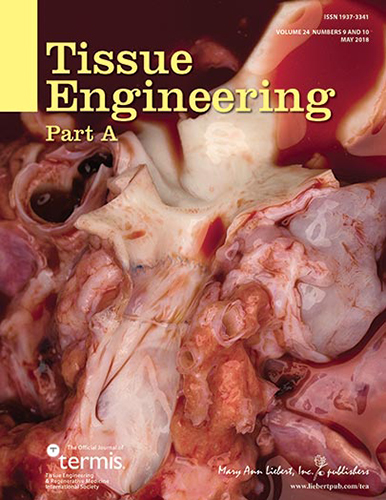Copyright © 2022 Foshan MBRT Nanofiberlabs Technology Co., Ltd All rights reserved.Site Map
Produced through electrospinning, poly(l-lactide-co-caprolactone) (PLCL) membranes, which have a porous structure and are biodegradable, are of interest in various medical fields. The porous-structured electrospun membrane is particularly interesting because of several favorable properties as follows: it exudes fluid from the wound, does not build up under the wound covering, and does not cause wound desiccation. Moreover, extracellular matrix (ECM)-based structures derived by tissue decellularization have application as engineered tissue scaffolds and as supports for cellular regeneration. In particular, heart decellularized ECM (hdECM) has various pro-angiogenic factors that can induce angiogenesis for wound healing. In this regard, a nanofibrous electrospun hdECM-based hybrid scaffold (NEhdHS), which is a PLCL membrane, including hdECM as an active agent, was tested as a wound dressing to assess its fundamental biochemical and physical features in wound healing. Use of NEhdHS with its porous structure and pro-angiogenic factors is expected to provide an effective wound dressing and reduced scarring. We first demonstrate the effectiveness of a proposed decellularization protocol through analysis of dECM components and describe the mechanical properties of the fabricated NEhdHS. Next, we present an in vitro angiogenesis analysis of the NEhdHS, using a coculture system with human dermal fibroblasts and human umbilical vein endothelial cells; the results of which confirm its biocompatibility and show that the NEhdHS can significantly enhance angiogenesis over that obtained from PLCL or gelatin-containing PLCL scaffolds. We also studied the effectiveness of the NEhdHS in vivo. Using a rat excisional wound-splinting model, we show that covering the upper part of the wound with NEhdHS significantly reduces scarring in the wound healing process compared to that with PLCL or gelatin-containing PLCL scaffolds. Based upon its properties, we conclude that the NEhdHS has potential for application in wound dressing.

Published:2021
Journal:Tissue Engineering Part A
Impact Factor:3.625
Paper link:https://www.liebertpub.com/doi/abs/10.1089/ten.TEA.2017.0318